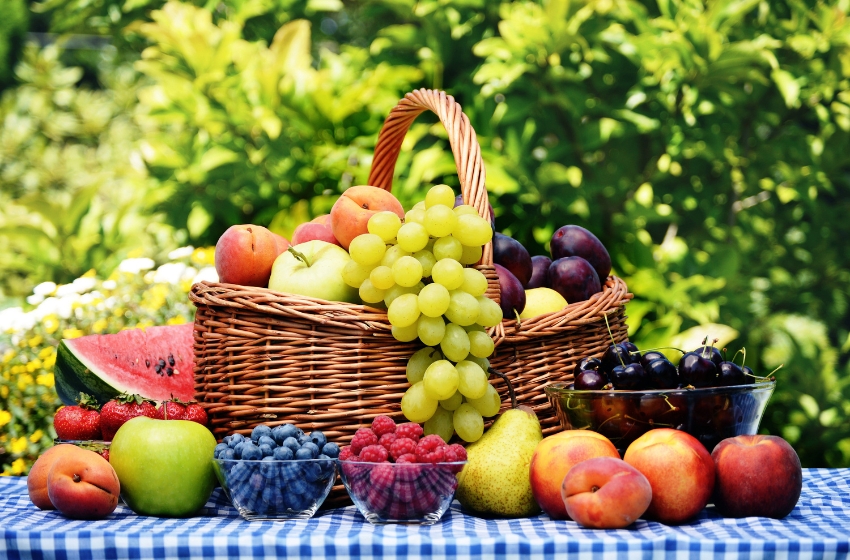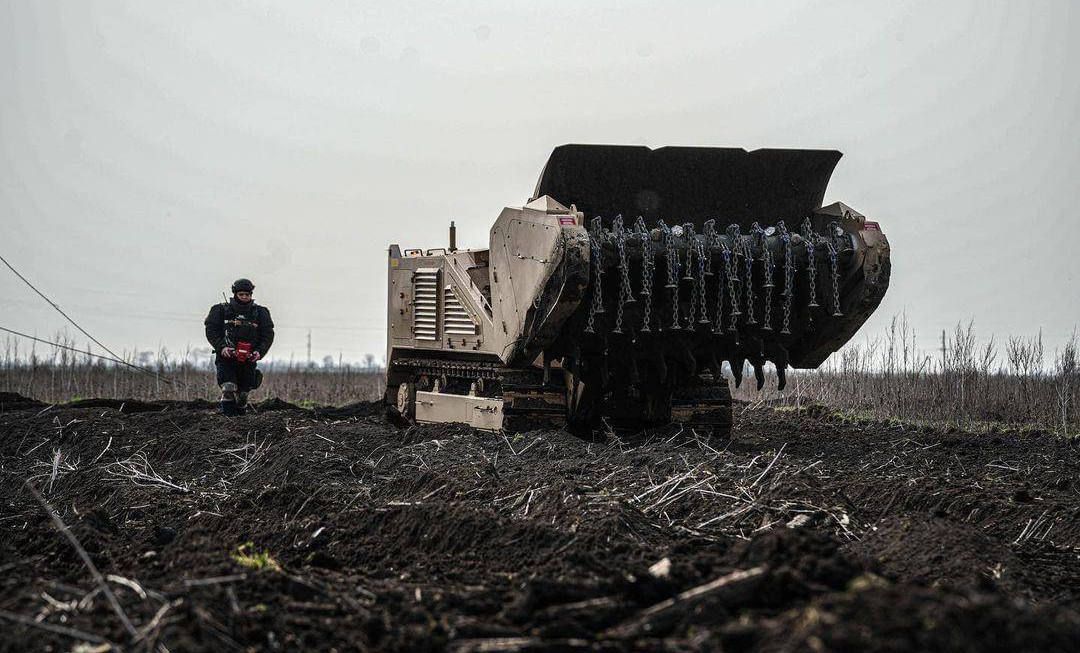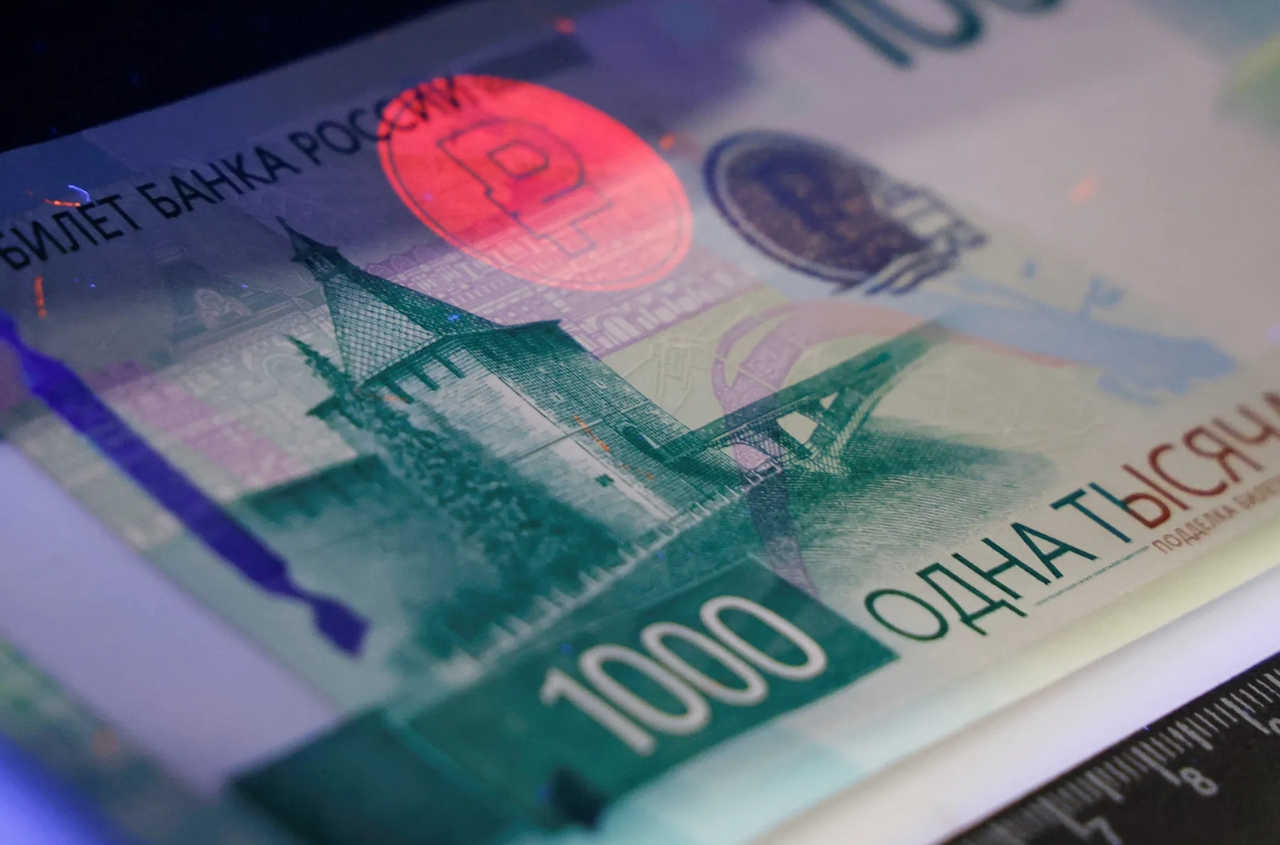From January to June 2025, Ukraine imported agricultural and food products worth $4.262 billion, marking a 10% increase compared to the same period last year. This growth represents an additional $398 million in imports, according to data from the State Customs Service of Ukraine, as reported by the National Scientific Center Institute of Agrarian Economics."Bohdan Dukhnitsky, lead researcher at the Institute’s Department of Agricultural Market and International Integration, highlighted that the European Union remains Ukraine’s primary supplier, providing over half of all imported agri-food products. In the first half of 2025 alone, Ukraine purchased $2.235 billion worth of goods from EU countries.
Imports from other regions also made significant contributions: Asian countries supplied $820 million (over 19% of total imports), Latin America $351 million (8%), and Africa $242 million (around 6%).
The top individual suppliers included Poland ($568 million), Turkey ($345 million), Germany ($322 million), Italy ($202 million), the Netherlands ($200 million), France ($171 million), Norway ($147 million), Spain ($140 million), China ($132 million), and Ecuador ($111 million).
Key Import Categories
The composition of Ukraine’s food imports has remained relatively stable. Fruit and berries, mainly citrus fruits, bananas, exotic fruits, and nuts, accounted for $472 million—14% more than in the first half of 2024.
Fish, crustaceans, and mollusks continue to be one of the largest import categories, totaling $444 million. However, imports of frozen fish decreased slightly by 6%, from $209 million last year to $196 million in 2025.
Alcoholic and non-alcoholic beverages were imported for $370 million, a modest 2% increase from 2024. Most of these imports ($304 million) were strong alcoholic drinks, wine, and beer.
Vegetable imports surged by 64%, reaching $355 million. Ukrainian buyers mainly focused on tomatoes, potatoes, cabbage, carrots, cucumbers, and sweet peppers—products that typically see lower domestic availability after harvest seasons or due to unexpected production shortfalls.
Other food products such as extracts, concentrates, and ready-made sauces accounted for $277 million in imports, up 2% year-on-year.
Cocoa product imports rose by 29%, totaling $265 million.
Meanwhile, imports of oilseed seeds and fruits declined by 10% to $260 million, with sunflower seeds dropping 17% to $133 million.
Animal feed and by-products imports fell slightly by 2%, amounting to $226 million. Tobacco product imports held steady at $213 million.
Coffee and tea imports saw a notable increase of 25%, totaling $211 million in the first half of the year.
Outlook
Bohdan Dukhnitsky attributes the growth in Ukraine’s agricultural imports to sustained demand across key food categories, alongside a general rise in global prices. Should these trends persist into the second half of 2025, the year could mark the third consecutive period of increased agricultural and food product imports, despite the ongoing challenges posed by Russia’s full-scale military aggression.
This steady growth highlights the resilience and adaptability of Ukraine’s food supply chain amid a complex geopolitical and economic environment.





















